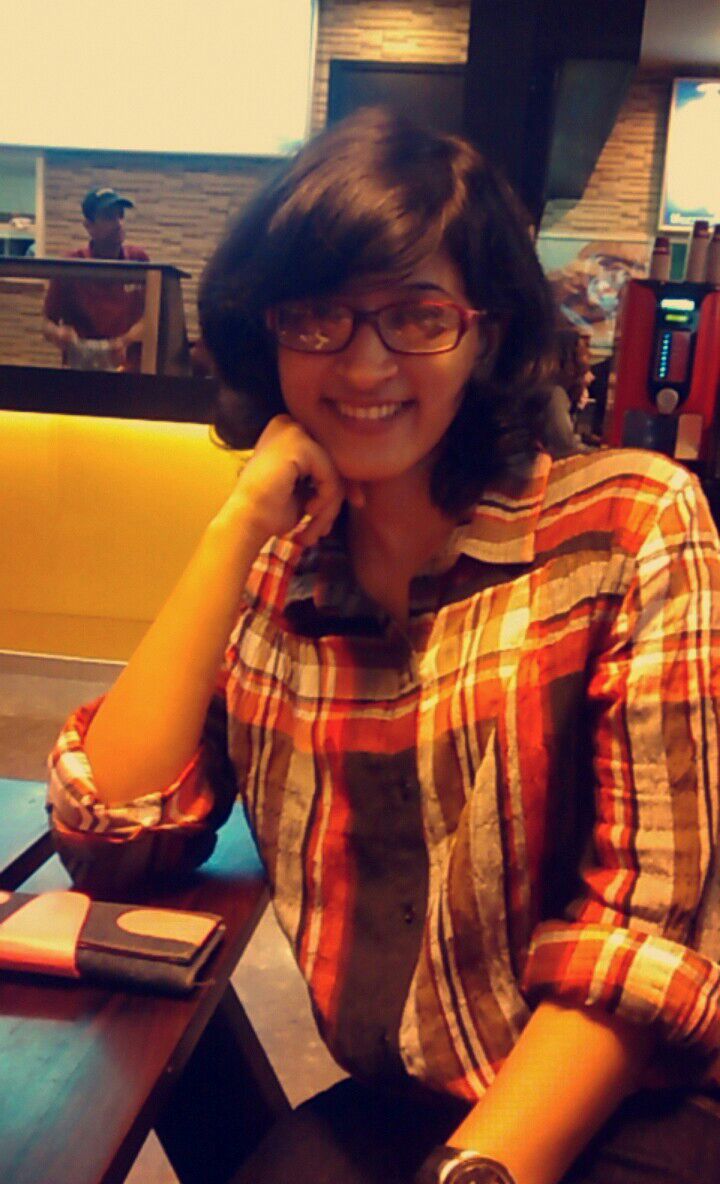ACME OF ARTISTIC ACHIEVEMENTS-THE RENAISSANCE AGE
This age hailed the revival of antiquity ,the Greco –Roman culture with its artistic and literary excellence. The era which had fallen into the pit of darkness immediately after the demise of the Roman empire was reborn and made way for distinctively splendid architecture ,sculpture , painting marking it’s break from the medieval past. Blooming in the Italian subcontinent and spreading to the other parts of Europe, the period from the 14th to 16th century marked the discontinuity of Late Gothic style led by the architect Filippo Brunelleschi .This group of architects studied the ruins of classical buildings and surviving pieces of sculptures in Rome to present the classical ideals in a novel way without slavishly copying it.
The Doric, Ionic and Corinthian style revived. The new buildings, though constructed to accommodate modern needs, were symmetrical in plane and relied on simple decorative designs. The architecture embodied qualities of dignity, balance ,control and harmony as mentioned by Leone Batista Alberti in his book on new paintings.
In the High Middle Ages, most architects were stonemasons or potters but, by the 15th century their status changed with the newly discovered scientific aspects of their craft to an extent that they were considered at par with the doctors and lawyers.
Although Brunelleschi established the new standards in architecture, most of his buildings have been either destroyed or altered considerably. However ,the earliest work to bring him fame still survives in Florence largely as he had planned it-the dome of the city’s cathedral. He developed ingenious way for raising the dome, which was virtually completed in 1436. Brunelleschi’s most representative building is the Pazzi Chapel, which embodies the harmonious proportions and classical features that are the hallmark of the Early Renaissance style.
The other towering figure in Early Renaissance architecture was Alberti. A marvellous unfinished effort is the Tempio Malatestiano in Rimini, a structure that replaced the existing church of San Francesco. Alberti’s monument represents the first modern attempt to give a Classical exterior to a church.
The period of High Renaissance is marked by the arrival of Michelangelo, the idealist. He embraced Neoplatonism as a philosophy and was more concerned with expressing, enduring, abstract truths. Michelangelo was a painter, sculptor, architect and poet and he expressed himself in all these with a similar power and in similar manner. His greatest achievements in painting appear in a single location-The Sistine Chapel in Rome. Most famous are the sublime frescoes Michelangelo painted on the ceiling of the chapel from 1508 to 1512, depicting scenes from the book Genesis. The work exemplifies the commitment of the younger artist to classical Greek aesthetics, but a quarter of a century later, when Michelangelo returned to work in the chapel, both his style and mood had changed dramatically as is evident in his enormous fresco, “The Last Judgement” in 1536. He repudiated classical restraint and substituted a style that emphasized tension and distortion.
Sculpture and painting, freed from it’s subordination to architecture, regained their ancient status as independent art forms and in time became the most cherished of the visual arts. Renaissance sculptors and painters aspired to greater realism, so both sought to depict human musculature and anatomy with a greater degree of credibility. Sculptors, led by the period’s genius, Donatello (1386-1466), revived classical practices that had not been seen in the West for more than a thousand years. Donatello’s bronze “David” is shown standing with his left foot on the severed head of the Philistine warrior Goliath which was often allegorized into a prophecy of Christ’s triumph over Satan. But, David undermines such an interpretation and provokes the image of sensuality and youthful male power. Unlike “David”, his “Gattamelata” pays homage to mature masculine power. This work pays homage to mature masculine power.
A different approach was taken by Michelangelo in his construction of “David”. His David was a 5.17-metre marble statue of a standing male nude. The statue is a Renaissance interpretation of a common ancient Greek theme of the life-size standing heroic male nude.
Of all the arts, painting was undoubtedly supreme. We have already seen that around 1300 very impressive beginnings were made in the history of Italian painting by the artistic genius of Giotto, but it was not until the 15th century that Italian painting began to attain it’s majority. One reason for this was that in the early 15th century the laws of linear perspective were discovered and first employed to give the fullest sense of three-dimensions. 15th century artists also experimented with the effects of light and shade (chiaroscuro). A second type of perspective, atmospheric or aerial ,was perfected by painters north of the Alps in the first half of the 15th century, although the Italian painter Masaccio was the first to revive atmospheric perspective in the 1420s, based on the Roman tradition.
The Church no longer was the only patron of artists and the subject matter for art was frequently infused with non –religious themes. Since oil doesn’t dry so quickly as fresco pigment, the painters could now work more leisurely and make corrections if necessary.
The majority of the painters of the 15th century were Florentines, the first amongst whom was Masaccio whose greatness as a painter is based on his success in “imitating nature”, which became a primary value in Renaissance painting. His major works are the painted fresco of the “Trinity” and “Expulsion of Adam and Eve from Eden”. The best known of the painters who directly followed the tradition begun by Masaccio was the Florentine Sandro Botticelli, who depicted both religious and classical themes. Two of his most famous paintings are “The Allegory of Spring” and “The Birth of Venus”.
Perhaps the greatest of the Florentine artists was Leonardo da Vinci, one of the most versatile and geniuses who ever lived.Leonardo was paractically the personification of the “Renaissance man”: he was a painter, architect, musician, mathematician, engineer and inventor. His approach to painting was that it should be the most accurate possible imitation of nature. He obtained human corpses for dissection and reconstructed in his drawings, the minutest features of anatomy. It is generally agreed that Leonardo’s masterpieces are the “Virgin of the Rocks”, “The Last Supper” and “Mona Lisa”.
The beginning of High Renaissance around 1490 also witnessed the rise of the so-called Venetian school, the major memebers of which were Giovanni Bellini, Giorgione and Titian.The work of all these men reflected the luxurious life and the pleasure-loving interests of the thriving commercial city of Venice.
Raphael was another beloved artist of the entire Renaissance period. His “Disputa” symbolized the dialectical relationship between the Church in Heaven and the Church on Earth. His “School of Athens” is an allegorical representation of the conflict between the Platonist and Aristotelian philosophies.
Renaissance period saw swelling population of artists, sculptors and painters who could even be multi-tasking. One could become an artist depending on the community he was born in or the nearness and availability of the raw material. In Renaissance Italy, to a certain extant, it can be said that painting and writing was becoming a family profession. It is also important to keep in mind the social background of an artist or a writer as becoming one involved adequate training. Invariably, the children of wealthy people could persue these professions. The urban conditions thus were important for the rise of Renaissance in Italy, especially in places like Florence that indulged in crafts and industrial production.



